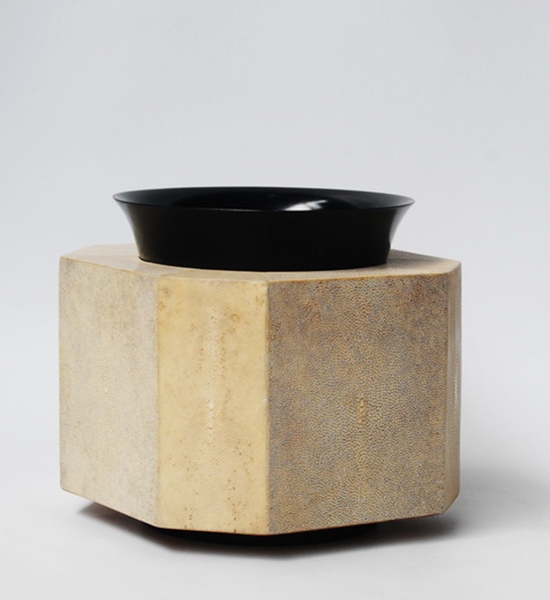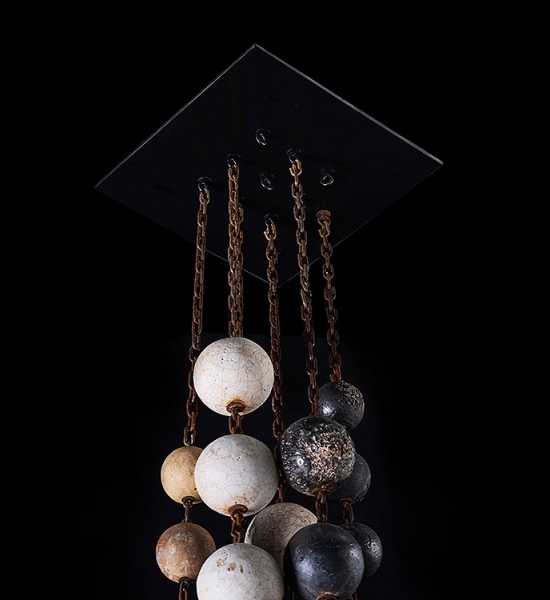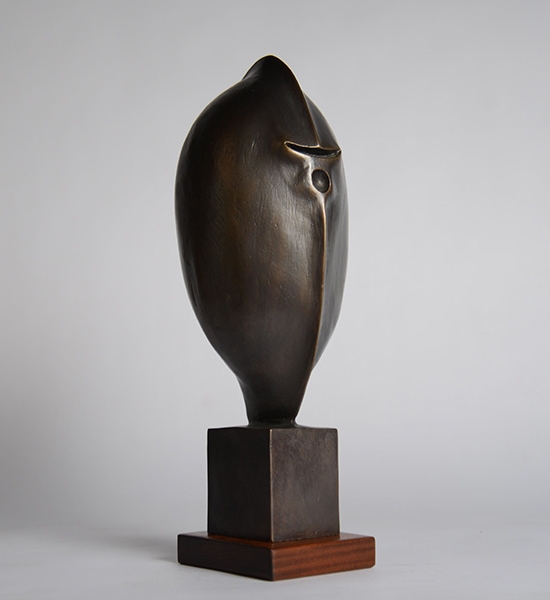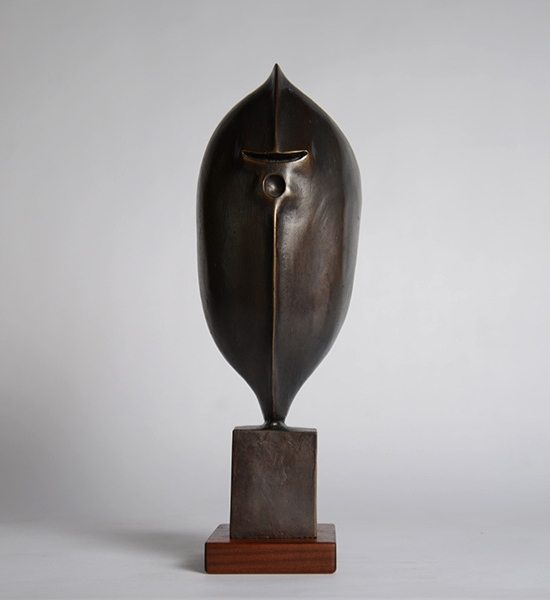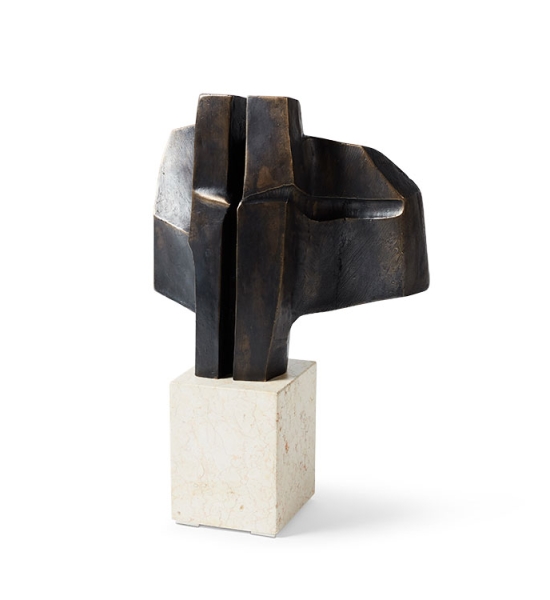Carduelis Hornemanni Exilipes by Sharon Beals
Contemporary
United States
Hoary Redpoll
Acanthis hornemanni
Collected from St. Michael, Nome County, Alaska, 1896
The Museum of Vertebrate Zoology
These tiny seedeaters survive -80°F Arctic temperatures by doubling their weight in down in winter, and living off of plants not buried under the snow. Using a pouch in their esophagus, they can store seeds to be regurgitated and eaten under shelter. They also build well-insulated nests lined with willow cotton, caribou hair, vole fur, feathers, fine grass, and in this case, even sheep’s wool.
The nests were photographed in four science collections: The California Academy of Sciences, The Western Foundation of Vertebrate Zoology, The Museum of Vertebrate Zoology, the Cornell Museum of Vertebrates, and the American Museum of Natural History.
Subject Details:
Arctic or Hoary Redpoll
Museum of Vertebrate Zoology
Nest/Egg 708
St. Michael
United States, Alaska, Nome County, St. Michael
28 May 1896
Custom Options:
Framed Paper Prints with Border: 29” | 38” | 60”| Available with UV Plexi or Museum Optimum.
Framed Prints with No Borders (print to edge): 29” | 38” | 60” | Available with UV Plexi or Museum Optimum.
Framed Prints with No Borders (print to edge) on Aluminum: Please Inquire.
Price Upon Request.
MADE TO ORDER This item is made to order.
Please contact our sales team for more information.


